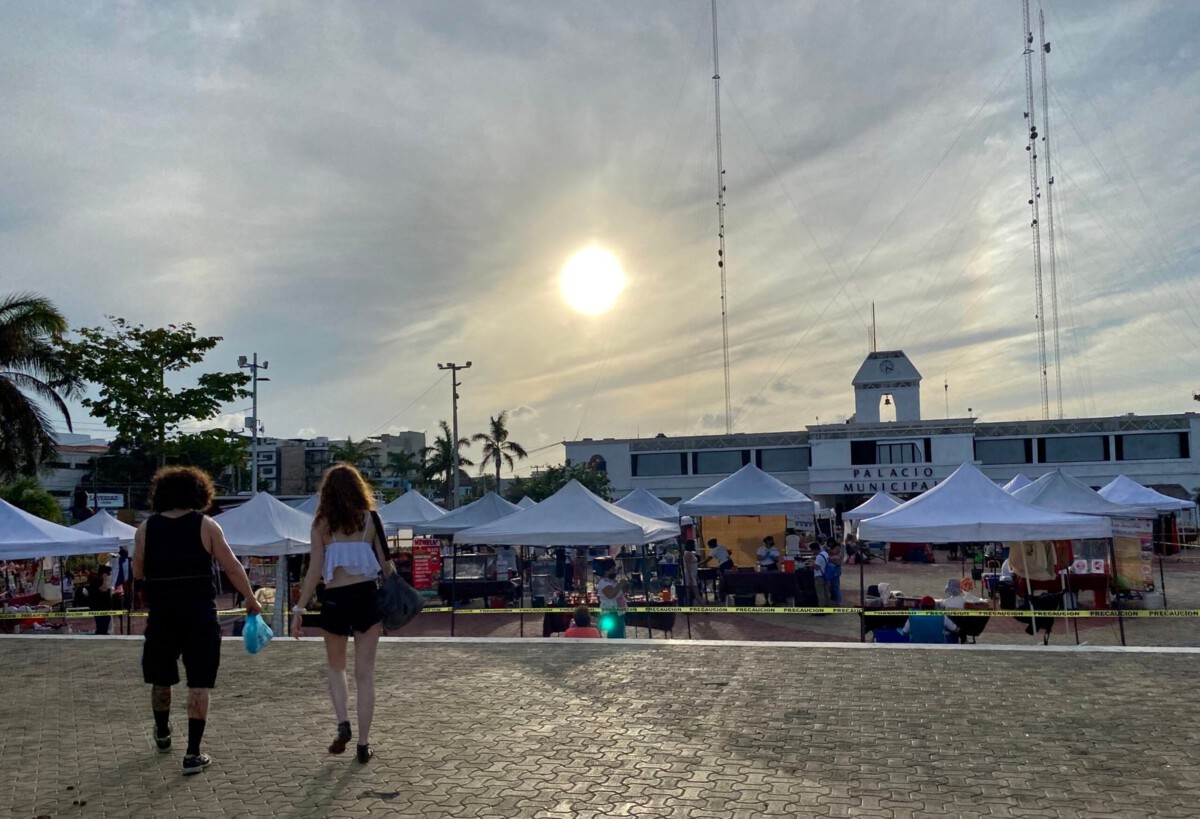Dreams of Turquoise Water
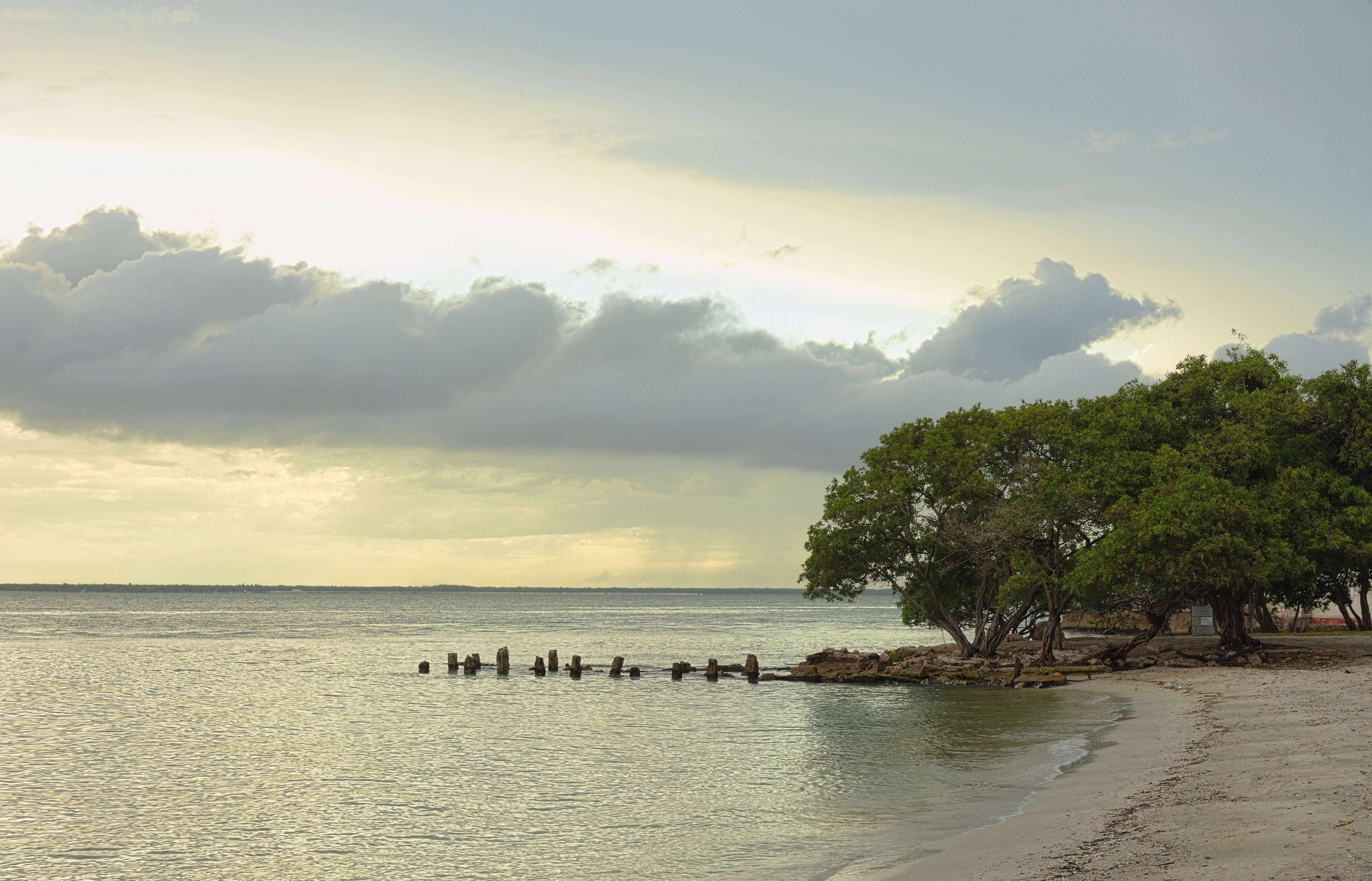

Close your eyes and picture it—soft white sand beneath your toes, the salty breeze tangling your hair, and the electric blue Caribbean stretching out forever. That’s the vision that once pulled me to Playa del Carmen. I remember the first splash of sunlight at dawn, the smell of street tacos curling through the air, and mariachis strumming beneath palm trees. But lately, when I stand on that same sand, the magic feels faded. There’s a reason my travel bucket list is taking a new turn—and you might just feel the same once you see what Playa has become.
Crowds at Every Turn
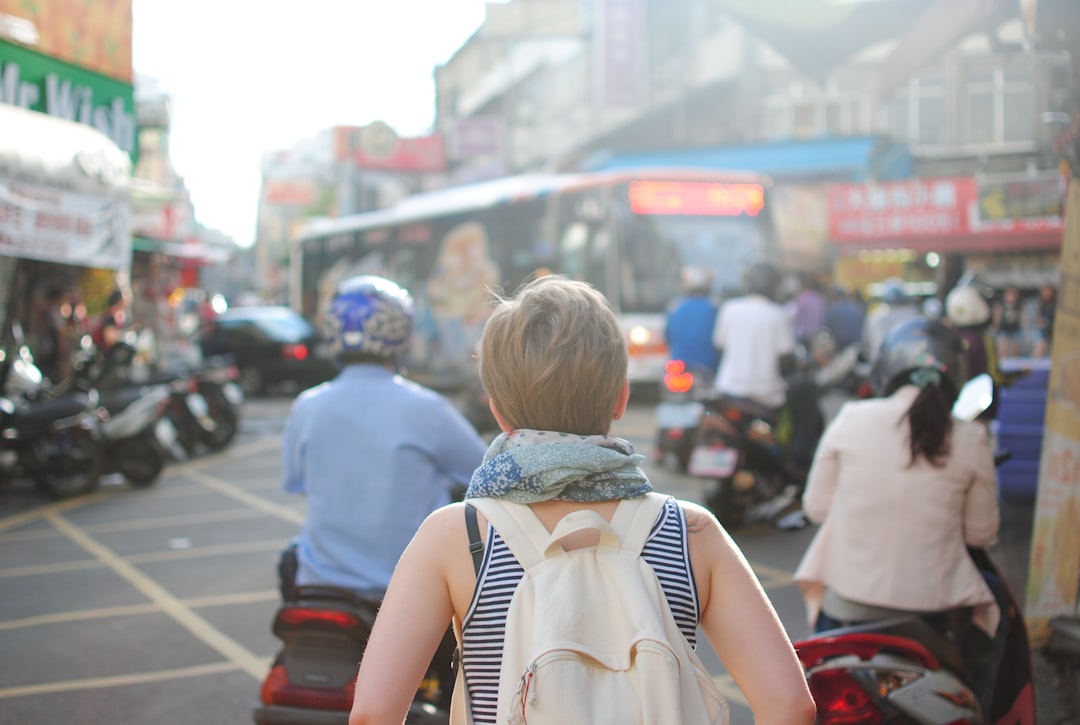

Not long ago, Playa del Carmen felt like Mexico’s best-kept secret. These days, stepping onto the main beach feels like joining a festival you never signed up for. Lines snake out of cafés, every sun lounger is claimed by sunrise, and the once-chill Fifth Avenue pulses with selfie sticks and tour groups. Even finding space for your towel becomes a game of musical chairs. Instead of the hush of waves, you’ll hear a chorus of languages and club music morning till night. For anyone craving a peaceful escape, the crowds have changed the whole vibe.
Sticker Shock Everywhere
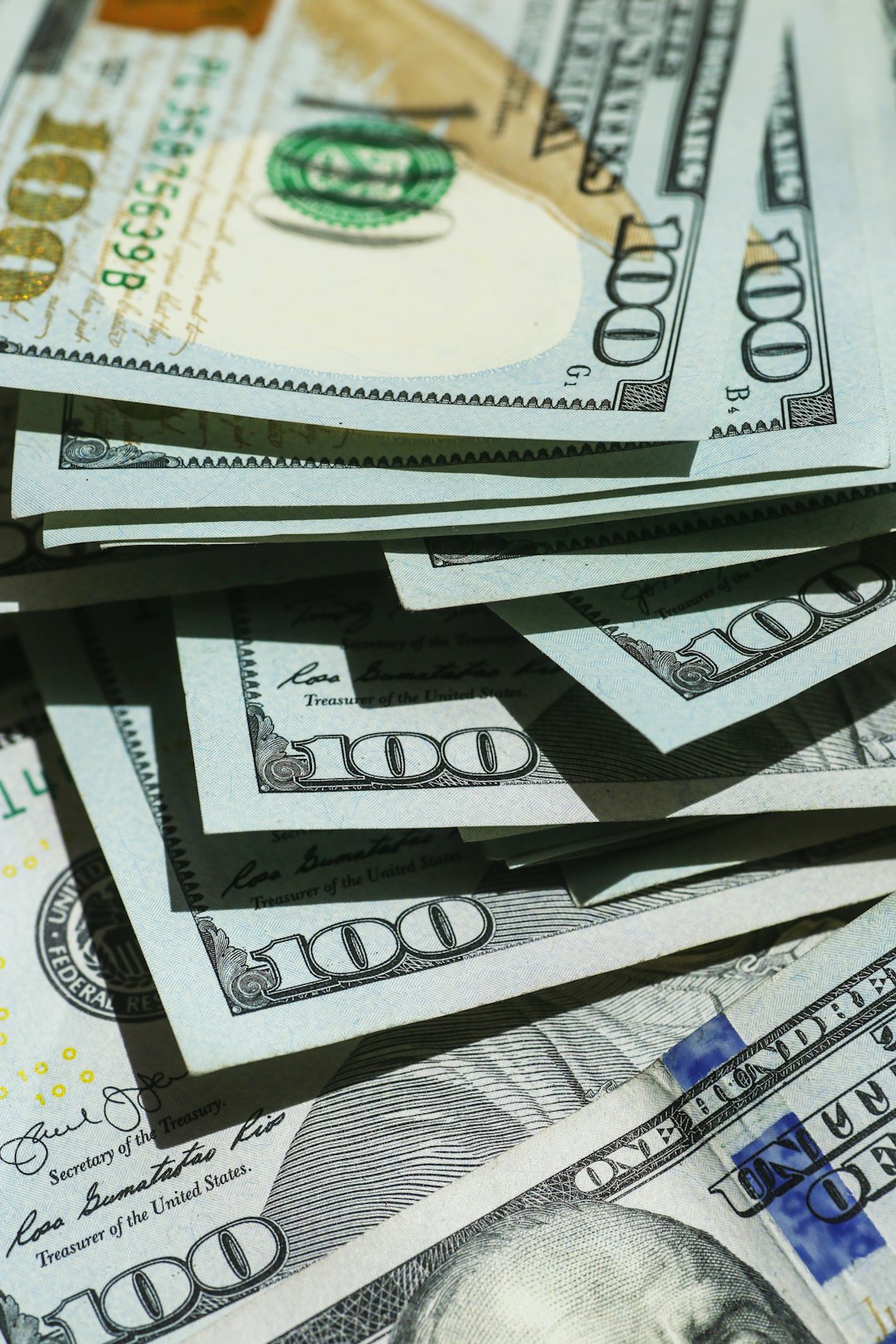

I used to brag about how far a dollar stretched here. Now, every menu looks like it’s written in pesos and wishful thinking. Oceanfront hotels that were once steals now rival big-city prices. A beachside margarita can set you back more than dinner in Mexico City. Even simple things—like renting a bike or grabbing street food—carry a tourist tax. It’s not just inflation; Playa has become a playground for big spenders. If you’re traveling on a budget or want that feeling of discovery, the rising costs are hard to ignore.
Nature Under Pressure
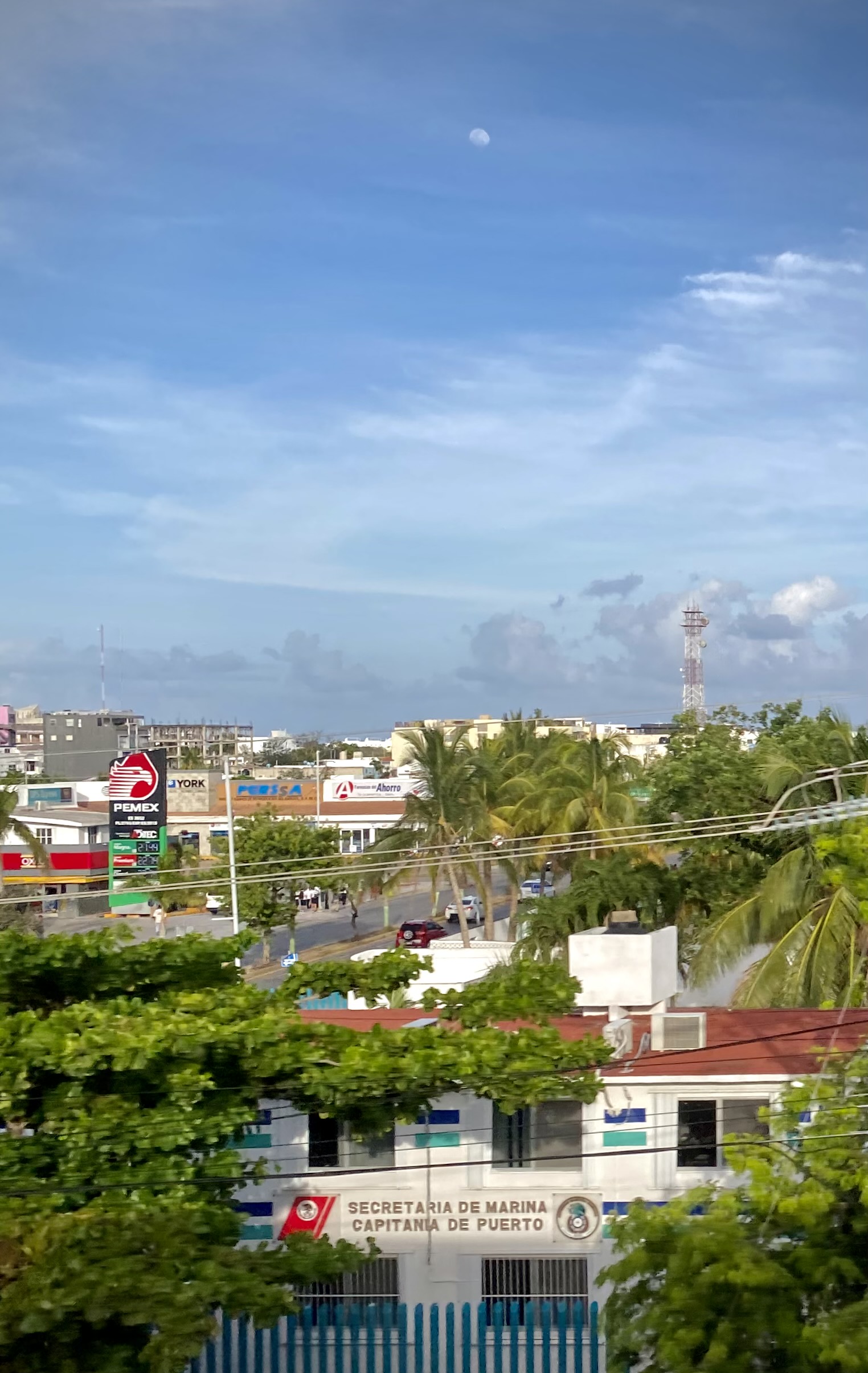

The clear blue water and lush jungle once made Playa a paradise for nature lovers. But with more hotels, more bars, and more foot traffic, the environment is feeling the strain. Sargassum seaweed now blankets the shore for months, turning the once-pristine sand murky and brown. Construction dust and noise fill the air downtown. Turtles who once nested on quiet beaches now dodge party boats and plastic cups. If you care about leaving a light footprint or just want to see untouched nature, this transformation is tough to watch.
Authenticity Slipping Away
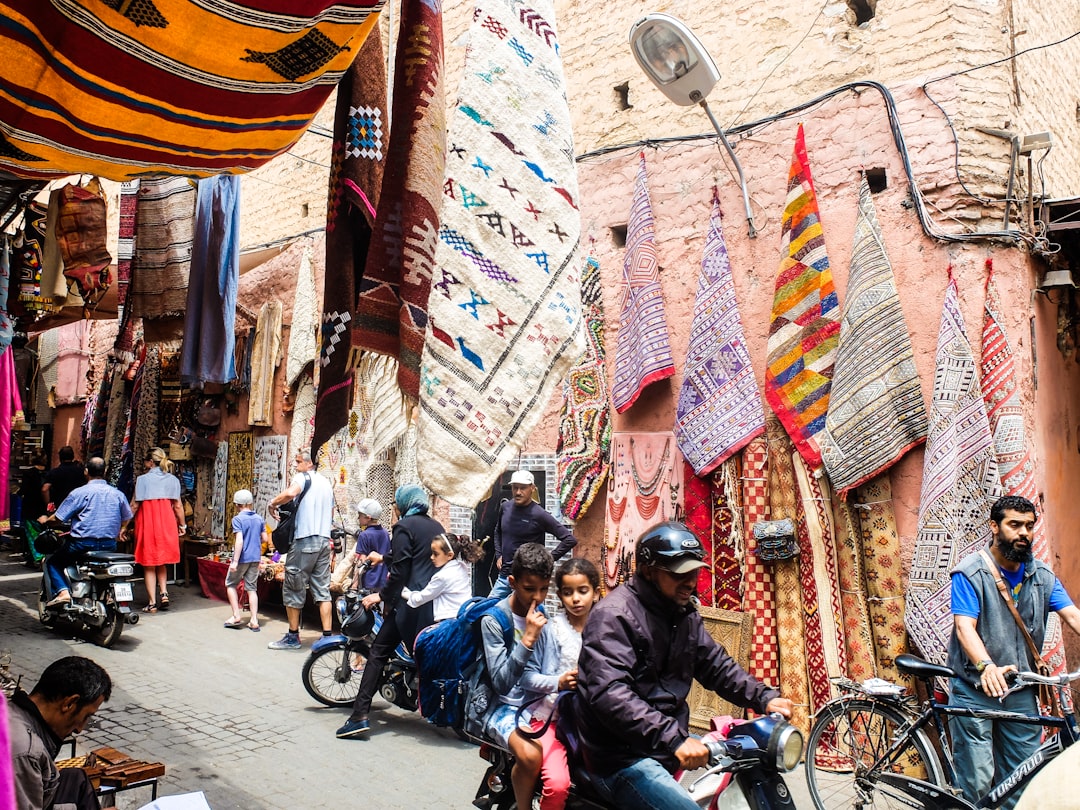

There was a time when Playa del Carmen was all about local life—handmade crafts, mom-and-pop taquerías, and spontaneous street parties. Now, chain stores and flashy clubs dominate Fifth Avenue. Starbucks and H&M outnumber family-run shops. Even the food scene has shifted, with globalized menus crowding out regional flavors. If you want to dig into Yucatán’s real culture, you’ll have to look harder—or hop on a bus to a smaller town. That feeling of discovery, of stumbling into a hidden gem, is rarer every year.
Growing Safety Concerns
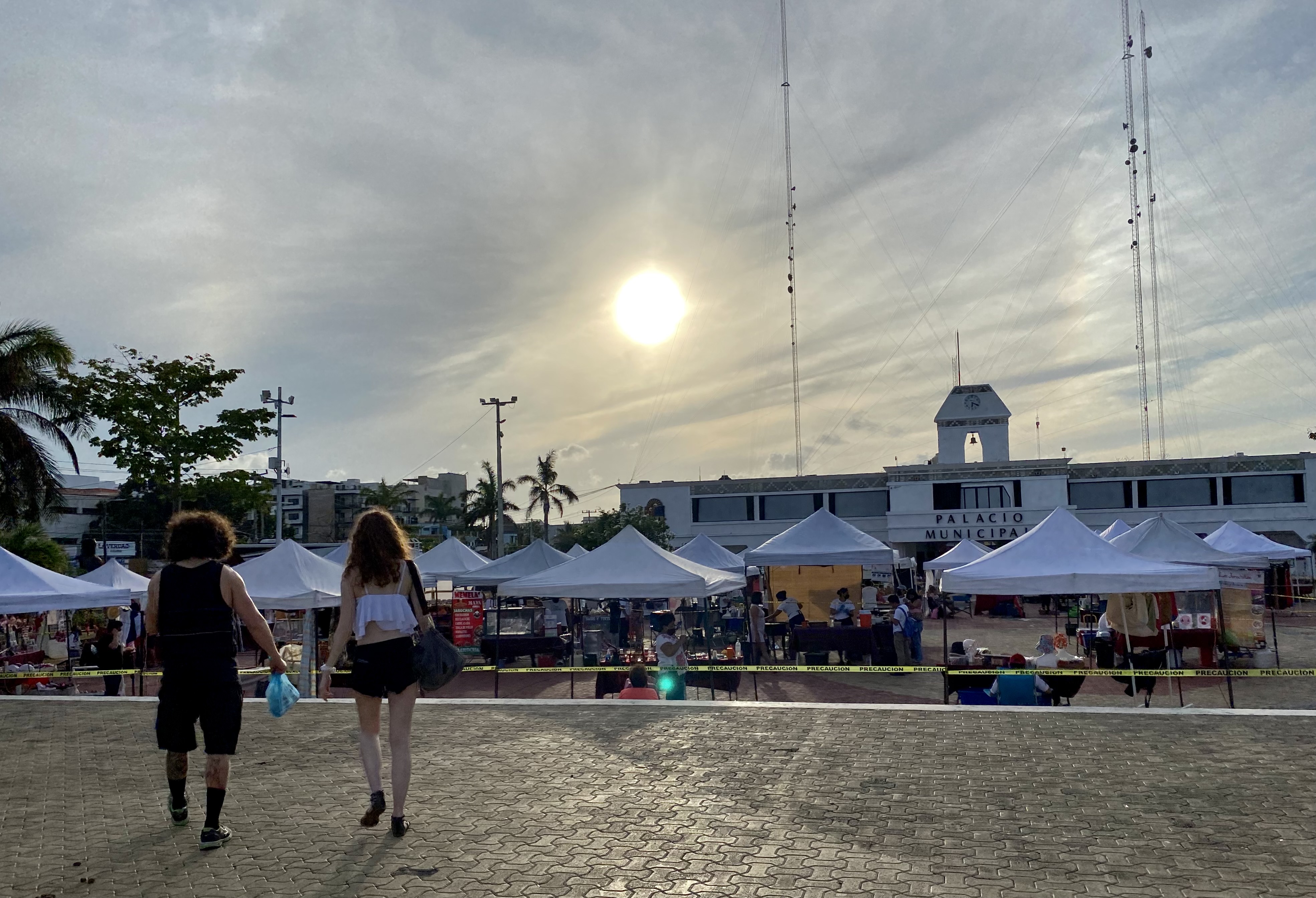

Travelers used to wander Playa’s streets at any hour without a second thought. But recent years have seen a rise in petty theft and even the occasional violent incident. Locals warn visitors to watch their bags on the beach and avoid certain areas after dark. Police presence is heavier, and news of incidents—though still rare—spreads quickly through the expat grapevine. For families or solo travelers, this new layer of caution changes the carefree spirit that once made Playa so inviting.
When to Go If You Must
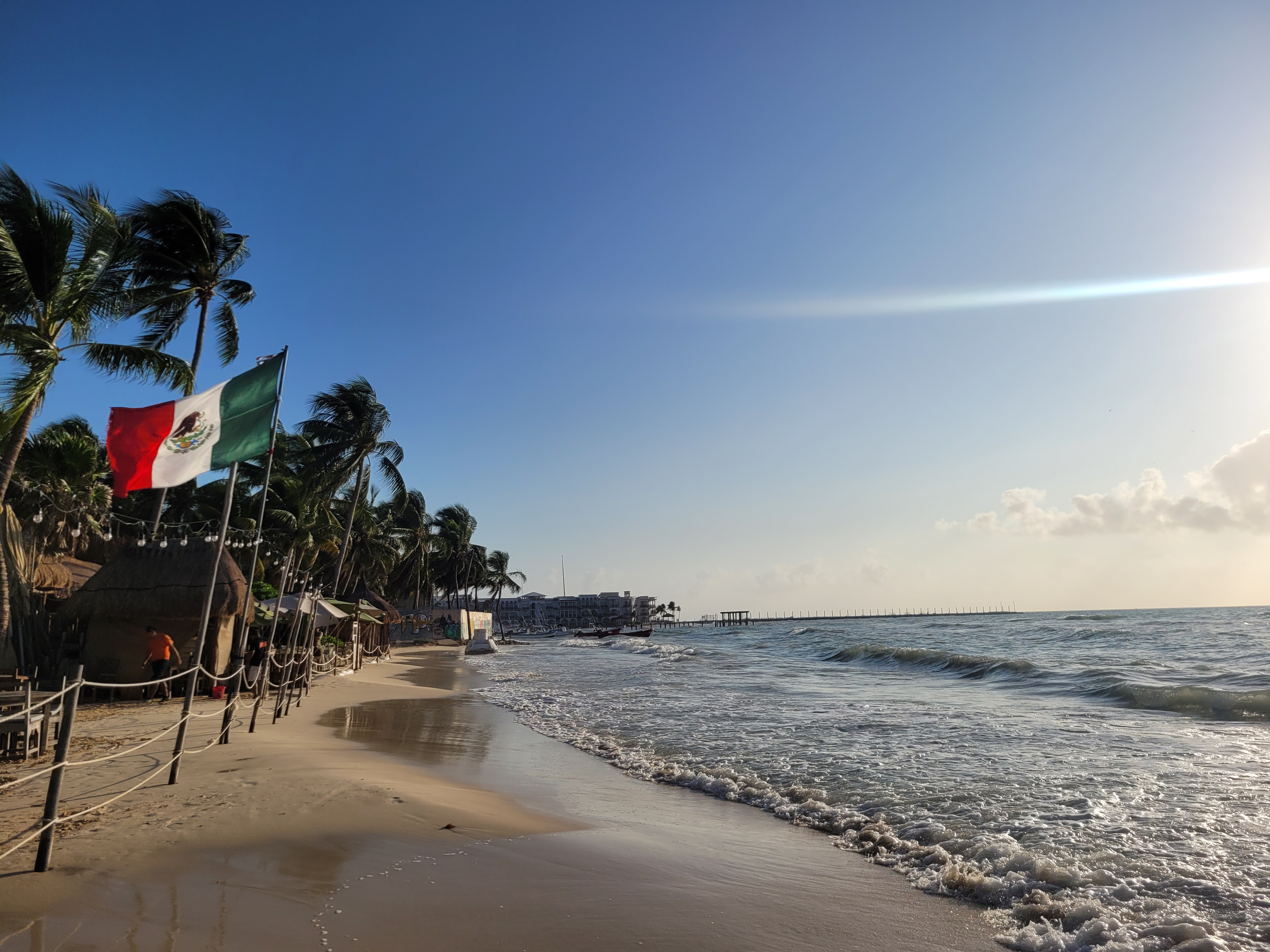

If your heart is still set on Playa del Carmen, timing is everything. The sweet spot is late November to early December or late April to early June. During these shoulder seasons, you’ll dodge the heaviest crowds and sometimes the worst of the sargassum. Mornings are quieter, with fewer beachgoers and a softer light for photos. Evenings in the off-season can feel magical, with street musicians and a gentler pace. Just pack an umbrella—spring showers come and go quickly.
Little-Known Local Customs
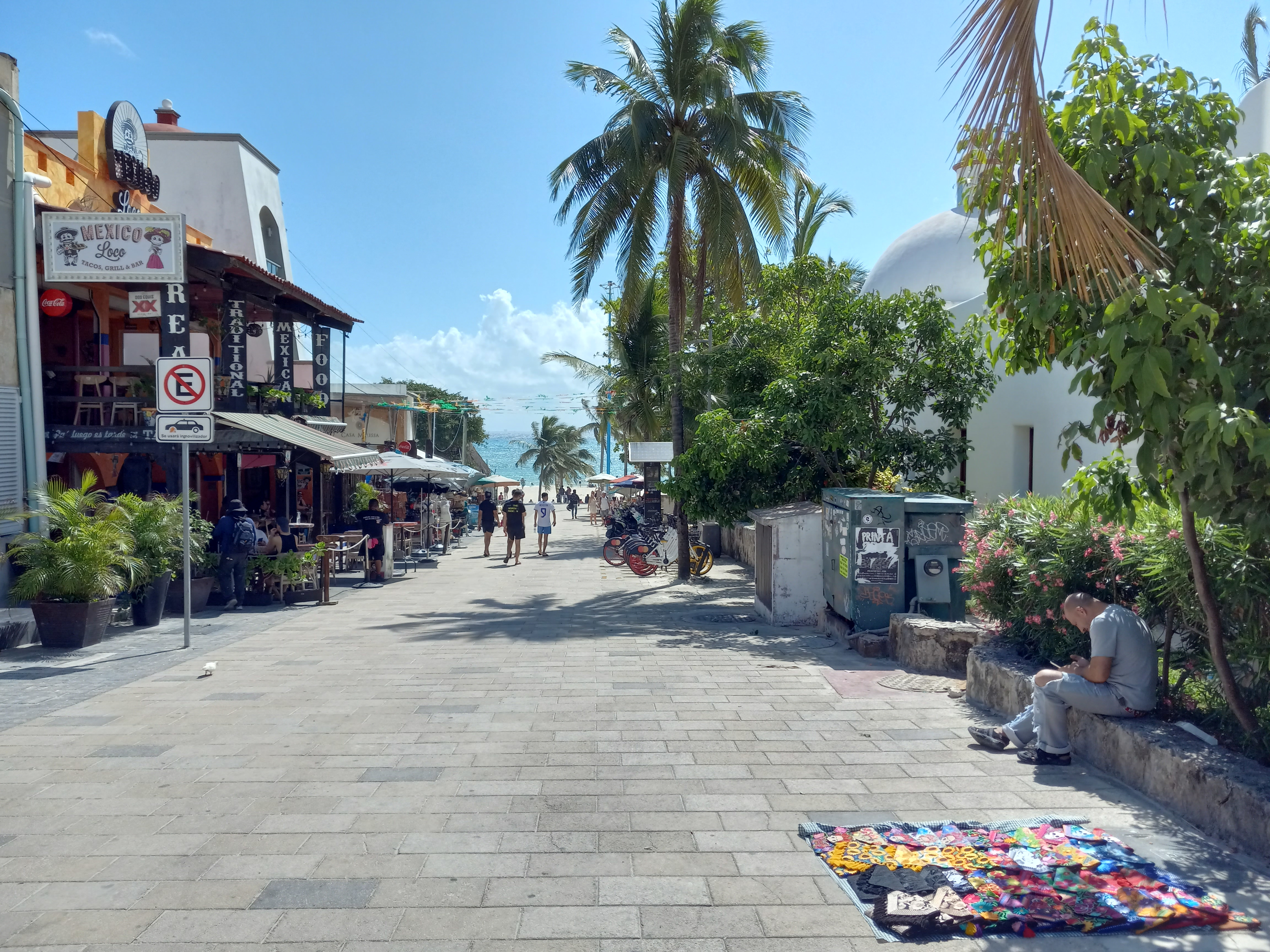

Learning a few Spanish phrases—like “¿Cuánto cuesta?” (How much does it cost?) or “Gracias, muy amable” (Thank you, very kind)—opens doors that money can’t buy. Tipping is expected in restaurants, usually 10–15 percent. Locals often take a midday siesta, so don’t be surprised if some shops close for a couple of hours in the afternoon. For a more authentic experience, skip the big resorts and try a locally owned boutique hotel or guesthouse. Early mornings at the mercado (market) are when you’ll see the real Playa wake up.
Hidden Alternatives Nearby
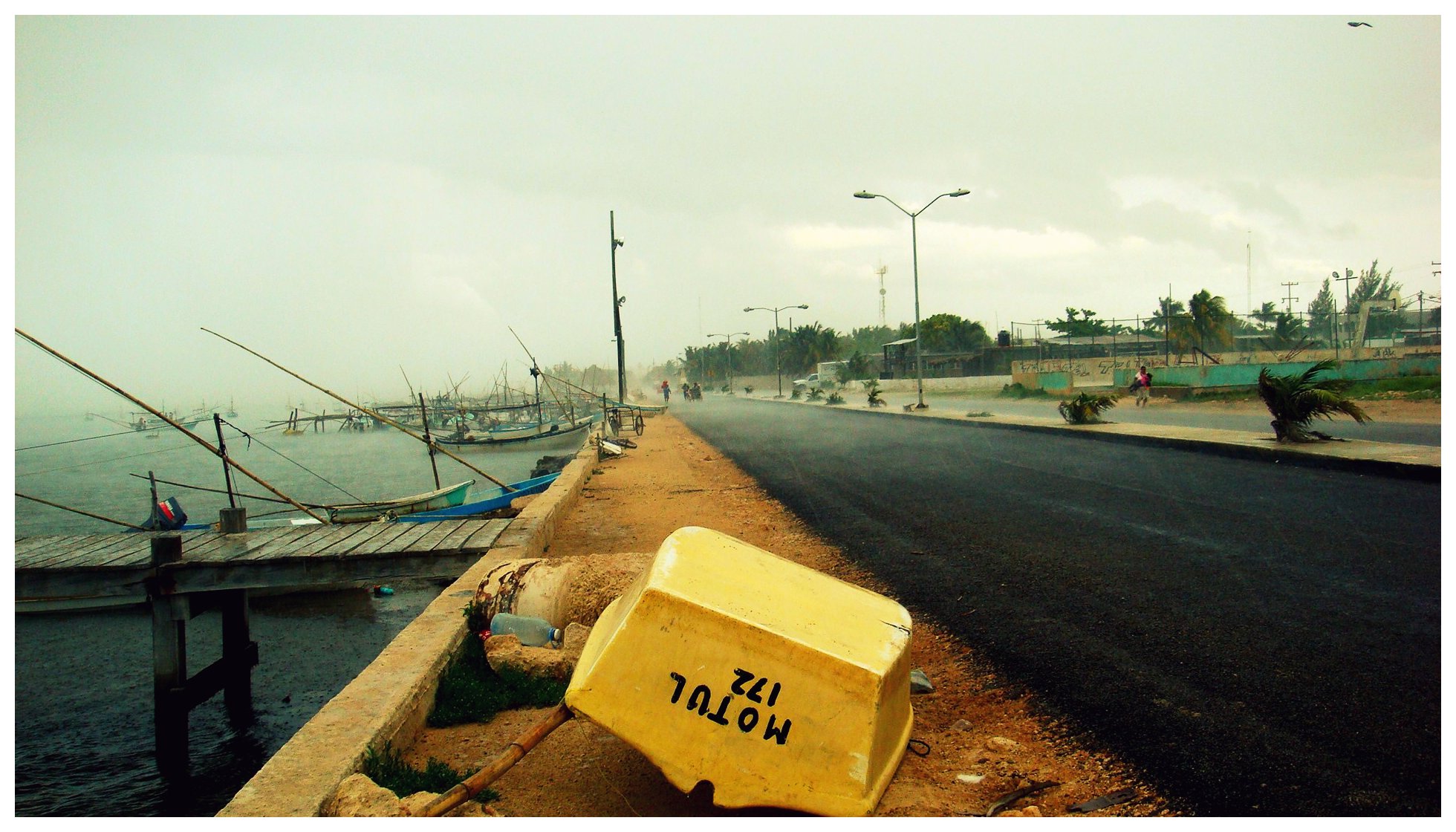

If Playa del Carmen feels too crowded, the Yucatán still offers plenty of escapes. Tulum is just an hour south, with a slower pace and more eco-conscious stays—think jungle cabanas and yoga retreats. Valladolid, a sleepy colonial town inland, serves up pastel-painted streets and cenote swims without the crowds. Isla Holbox, off the north coast, is where you’ll find sandy roads, flamingos, and no cars—just bikes and golf carts. Each of these places still carries that spark of discovery Playa once had.
My Honest Take
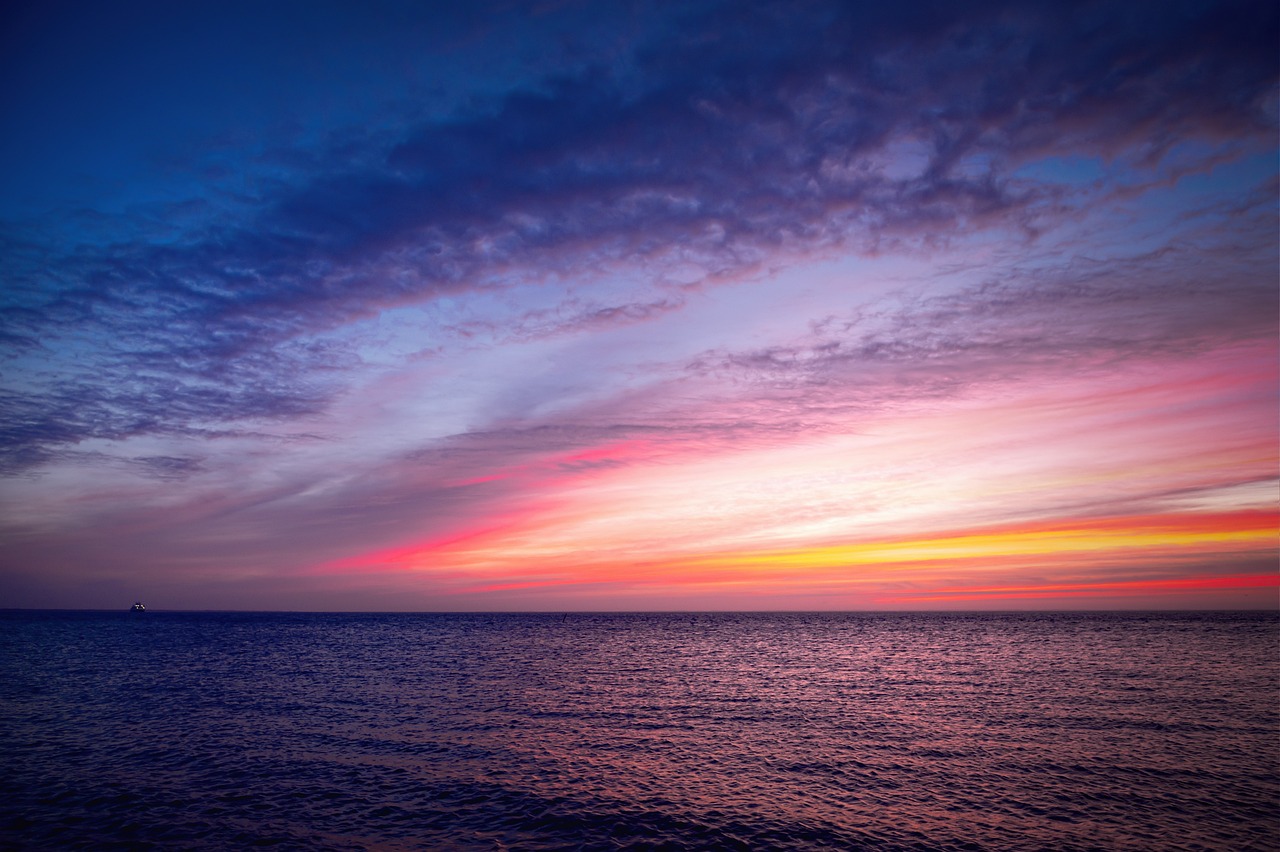

Travel shapes us, not just with postcards and souvenirs, but with the memories we carry home. Playa del Carmen gave me sunsets I’ll never forget, but its wild growth has changed what made it special. I want my adventures to feel real, to connect with local people and landscapes. So I’m chasing new horizons—places with heart, flavor, and space to breathe. Maybe it’s time for your bucket list to take a detour too.

